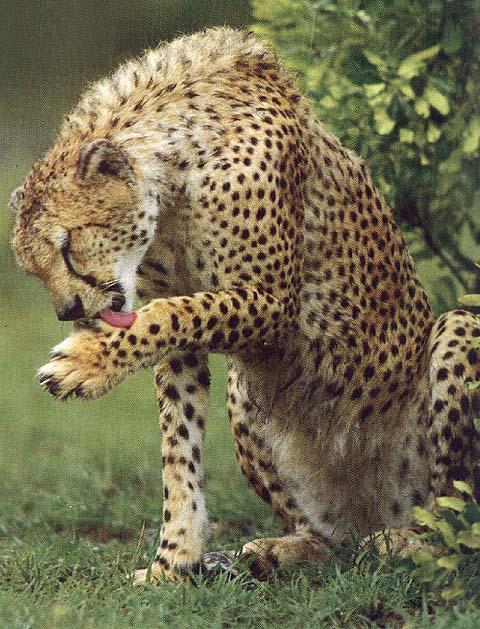|
| 질의: wild cat | 결과: 636번째/880 | |
Cheetah (Acinonyx jubatus)(치타) cleaning foot
| 제목: | Cheetah (Acinonyx jubatus)(치타) cleaning foot
| |

| 해상도: 480x629
파일크기: 85985 Bytes
등록시간: 2004:06:22 02:42:00
|
From: adruda@li.net (Andy Druda)
Newsgroups: alt.binaries.pictures.animals
Subject: Wild Cats series - wilcat05.jpg [01/01]
Date: Mon, 22 Jul 96 21:21:21 GMT |
^o^
동물그림창고 똑똑전화 누리집
^o^
|
|